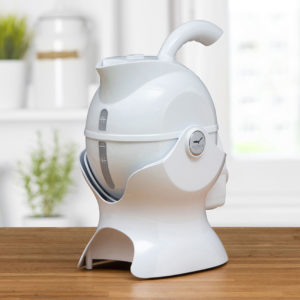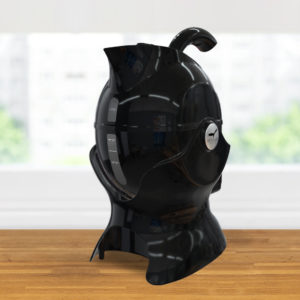Many people with arthritis frequently ask: Can humidity affect my arthritis? Anecdotal experience and scientific research alike suggest that changes in humidity – and other weather factors = can influence joint discomfort. Here’s what you should know about the link between humidity and arthritis, plus practical tips to help manage symptoms.
What Does the Evidence Say?
UK Research: The ”Cloudy with a Chance of Pain” Study
A major study in the University of Manchester involving over 13,000 participants across the UK tracked daily pain symptoms alongside local weather data. It found that damp, windy days with lower atmospheric pressure increased the likelihood of joint pain by around 20%.
Humidity, Pressure & Wind: International Findings
Multiple studies on osteoarthritis have identified modest but significant links between higher humidity, lower barometric pressure and increased joint pain, particularly when combined with wind.
Why Temperature Alone Isn’t the Whole Story
Cold weather is often blamed for arthritis pain, but research shows that changes in humidity and air pressure may actually have a bigger impact on your joints than just temperature alone.
Extreme Conditions & Specific Types of Arthritis
Some European studies suggest that people with osteoarthritis tend to feel better in warm, dry weather, while those with rheumatoid arthritis or gout may respond differently. High humidity, especially when combined with hear, appears to worse RA and gout symptoms in particular.
Why Might Humidity Affect Joints?
While the exact biological mechanism is unclear, researchers propose:
- Fluid retention and tissue swelling: Increased humidity may cause soft tissues to expand, leading to greater pressure within your joints.
- Pressure sensitivity of Joints: As barometric pressure drops, joints and surrounding tissues may change shape or fluid balance, possibly increasing nerve sensitivity.
What This Means for You: Tips for Managing Arthritis in Humid Climates
- Monitor the Forecast
If you’re sensitive to damp days or low-pressure systems, keeping an eye on the weather may help you anticipate harder days.
- Stay Active, Even Indoors
Damp or cooler days may mean less time outside, but regular gentle exercise – yoga, swimming, light stretching – helps keeps joints supple and may reduce pain.
- Keep Well Hydrated
Even mild dehydration can exacerbate inflammation. Drinking water consistently helps maintain fluid balance.
- Dress and Adapt to the Conditions
On humid days, wear light, breathable clothing to stay comfortable. On cooler days, keep warm to avoid stiffness.
- Talk to Your GP or Rheumatologist
If humidity consistently worsens your symptoms – or you notice unusual patterns – health professionals can suggest personalised strategies or supplement guidance, for example regarding Vitamin D status.
So… Can Humidity Affect Arthritis?
Yes – many people report more joint pain and stiffness when humidity is high, particularly when it coincides with low pressure or wind. However, evidence varies across individuals and types of arthritis. Some studies suggest that weather might not directly cause more pain—instead, it could be that people move around less or stay indoors when it’s damp, which may make symptoms feel worse.
In short:
- Humidity may affect some people, especially those with osteoarthritis or RA.
- Individual tracking can help you determine if humidity influences your symptoms
- Adopting strategies like staying active, managing hydration and adjusting attire can help ease flare-ups.

Living with arthritis means learning to adapt – not necessarily chasing perfect weather. But if you’ve asked, ”Can humidity affect arthritis?”, the answer is yes, for some, especially on damp or low-pressure days. By observing your own triggers, staying active and staying comfortable, you can manage symptoms more effectively – whatever the UK weather brings.













Leave a Comment